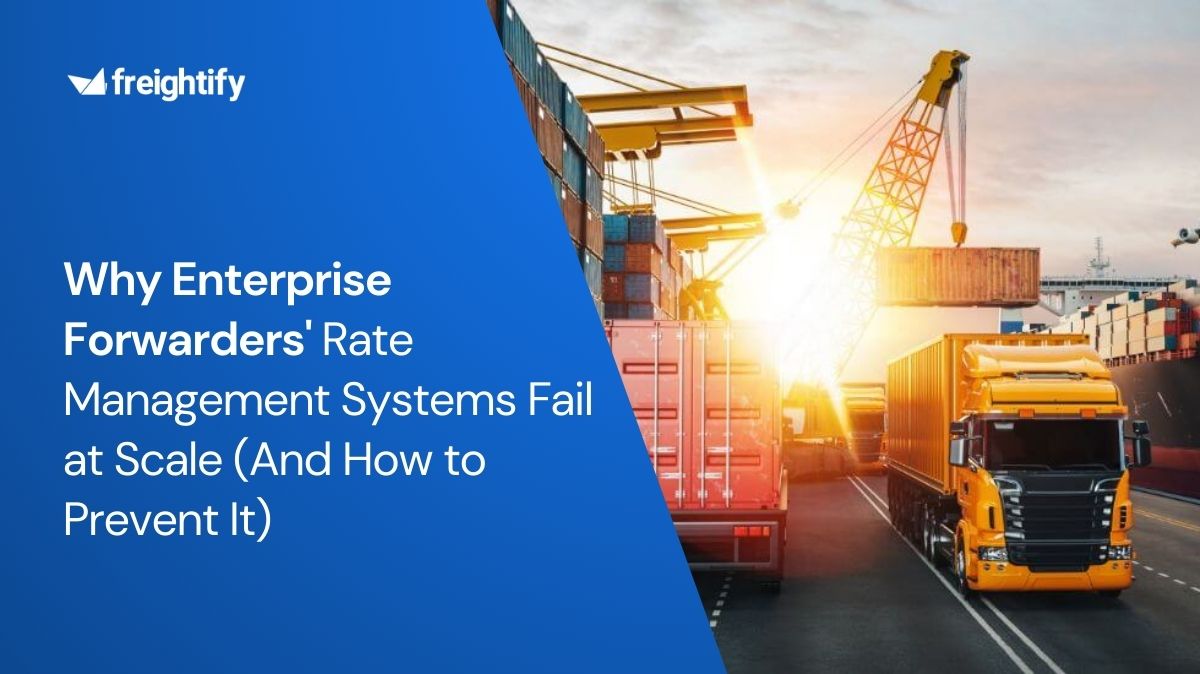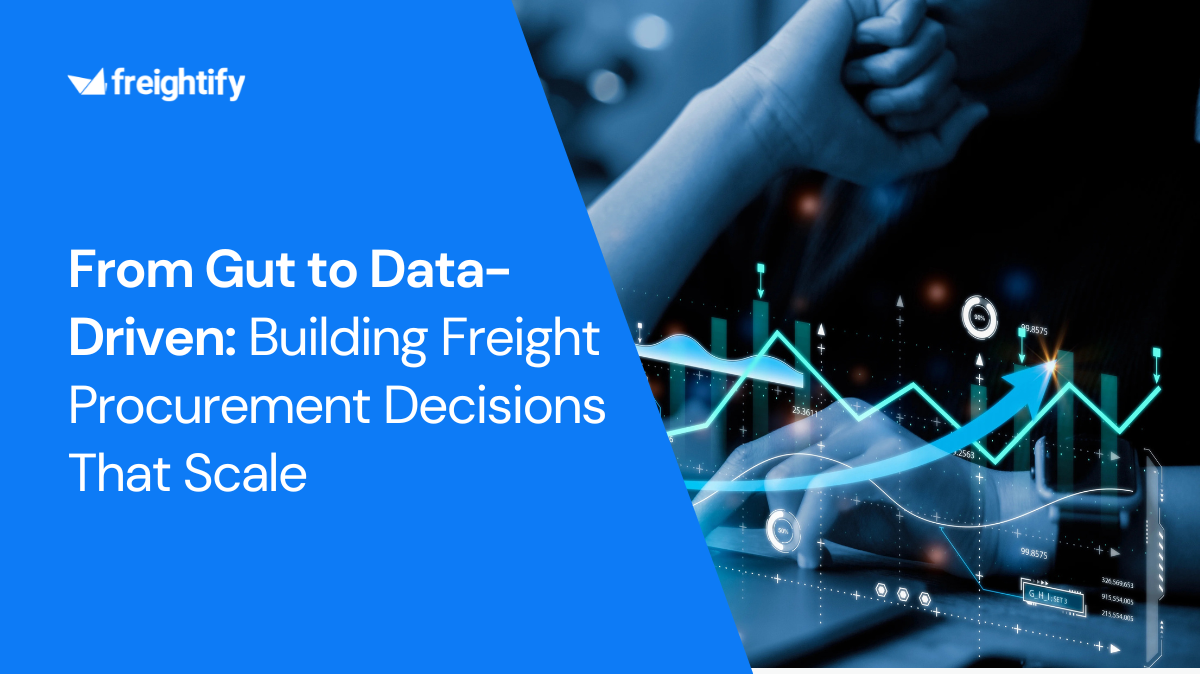A programmer once told an interesting story about legacy(outdated) systems.
A certain transport company in the 2000s still used its own computer system developed in the 90s, based on Cobol (Cobol is a programming language created in 1959). To manage and maintain that product, they had an expert Cobol programmer on staff who modified the software for years, rewriting and adding code to the original program. But when this employee retired, the company couldn’t find another person to fill that role. No one could keep the software running. Nobody could even understand the code after so many years of modifications and additions by one person.
Any technological solution based on outdated elements with respect to current technology (either software or hardware) is considered a legacy system. These legacy systems are often highly customized due to years and years of patching and modifications, making them complex and maintenance-costly in practice. And in a business with such low margins as freight forwarding, any possibility of saving costs must be considered.
What are the problems of legacy systems? 91% of the companies think that their overall expenses have increased by using legacy system
The problems that arise from the use of legacy systems are many and quite severe. From the difficulty of its maintenance and the very high specialization required, to the impossibility of making these systems compatible with current standards. This means, for example, that a legacy system may not be able to communicate with a current cloud-based SaaS service. Or that it cannot accept an XML data format because when it was created, this format simply did not exist.
It may seem that a possible solution is to upgrade these legacy systems and adapt them to current technologies, but this is rarely possible at all. Even if it is, it turns out to be an extraordinarily complex and costly process. If the differences between software developed in 2011 and a current one are already enormous, those between software from 20 or 30 years ago and existing applications can be insurmountable. Sometimes these differences can even have legal consequences. The privacy and data protection requirements required by law today are very different from those 20 years ago.
Today's technology allows us to use commercial software tools designed and tailored to specific industries, making it unnecessary to embark on the dangerous adventure of developing proprietary software. And this is a great advantage since it frees organizations from all the responsibilities that come with managing a software solution, leaving us free to focus on the main productive activity of our company.
Let's see the main costs incurred by freight forwarders that use legacy systems to manage their operations.
Let us help you with your journey
Your One Stop Solution to Manage Spot, Contract rates & Margins!
Monitoring and remote access; communication with other systems Legacy systems are usually designed to work locally, with a client-server structure at best, and therefore have few communication options with external systems.
Also, monitoring tasks are compromised since the output options are usually just as limited, like with the data input. Trying to acquire information about software operations by examining colossal log files is not an easy task.
What happens when we try to get our system to communicate with a more current one?
That a multitude of protocol problems, data formats, etc., will arise. Our system will be unable to obtain or send information in an understandable way since it uses obsolete standards. This means that this data exchange must be done manually, thereby increasing the times and chances of human error.
What if we need to remotely access our software and the local server that hosts it is down?
There is no possibility of doing it.
A local built-in system is only accessible when everything is working correctly, but a simple power failure can cause the entire structure to collapse for hours. In some cases of very old software, there is not even the possibility of a remote connection.
Security and privacy issues; patching and increased complexity Data security, privacy, and protection from attacks are vital aspects of today's software, and developers place great emphasis on making their products as secure as possible.
Just twenty years ago, this was not so. There were fewer online threats, and the demands on privacy and data protection were lower, so many legacy systems have cybersecurity mechanisms that are outdated and weak against attacks using current technology. For example, a password policy that was pretty strong ten years ago might be cracked with today’s tools in less than 30 seconds.
Another essential issue is data backup . Not a few companies have had severe problems since their backup units were physically located in the same place as the primary systems, so physical damage in that place eliminated all the organization’s information. That may be the end for many small businesses. Local backup solutions are a thing of the past and should be avoided at all costs.
The cost of maintaining legacy systems As mentioned in the story above , the maintenance of legacy systems is a series of accumulating problems.
On the one hand, we have obsolete technologies that are becoming known to fewer and fewer people, which means that more specialized employees are needed to keep them running. On the other hand, the further updates of legacy software to try to adapt it to more modern systems usually result in increasing levels of complexity, which means that fewer and fewer people can understand the software in its entirety.
Of course, all this comes at an economic and resource cost. Many organizations may not be aware of the losses caused by legacy software due to the inertia of working this way for many years. Still, the cost of migrating to a cloud-based SaaS solution will be very beneficial even in the short term.
There are comprehensive solutions on the market for freight forwarders based on technologies such as cloud computing, blockchain, SaaS, API, etc., which offer all the functionalities that a company in the sector may need. Freightify , for example, offers rate management solutions, instant quotation, TMS integration, analysis, tracking, etc. These tools help freight forwarders not to depend on different tools in their daily operations.
FAQ What are forwarding charges? Forwarding Charge is a fee charged by the freight forwarders for handling the legal process and documentation process of shipment of goods from one place to another destination. Freight forwarders make a contract with various carriers all over the world.
What are handling charges? Handling Charge is a fee which the customer is charged for the Storage cost, packaging cost, which also includes how much time it takes for packing and storing. The handling charge does not include the cost of the product and shipping.
What are Origin charges? Origin charge refers to the charge for the facilities and service provided by the port, in which the shipper has to pay the charge for the shipment before it leaves the port of origin. Origin charges are imposed on all shipments. All the shipment Charges which are collected before the shipping that is included in the origin Charges.







.png)








.png)



